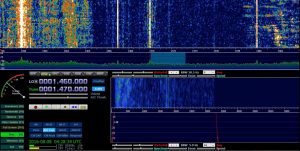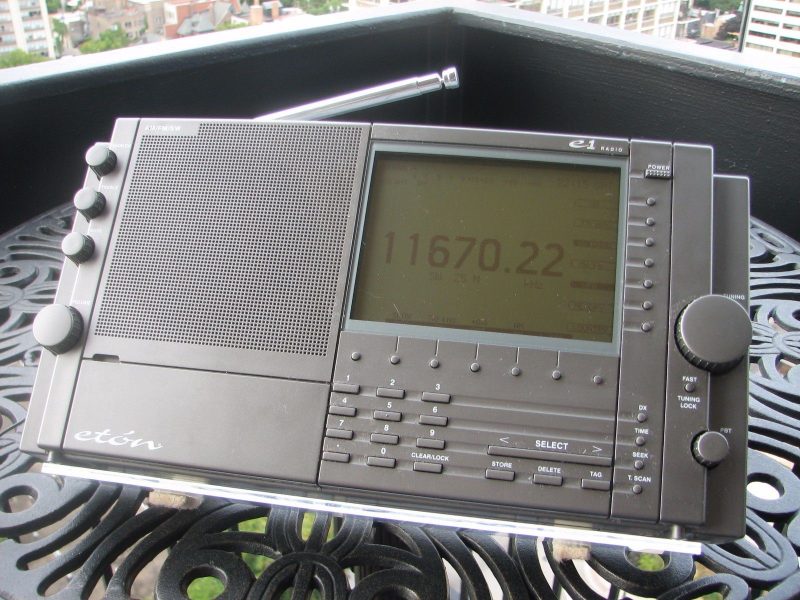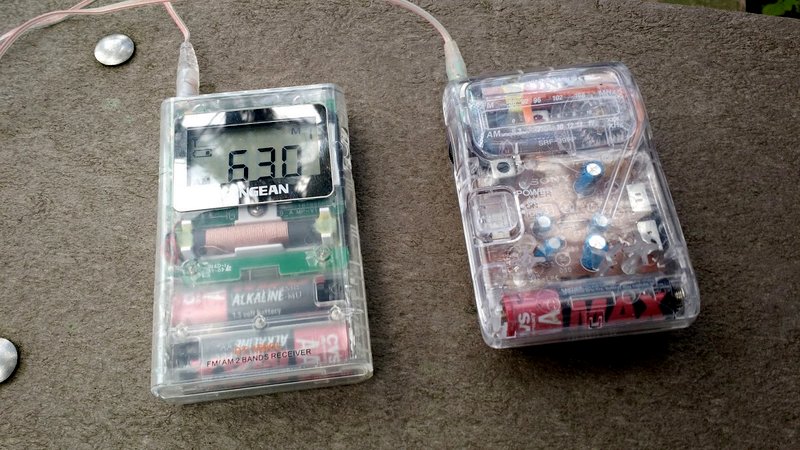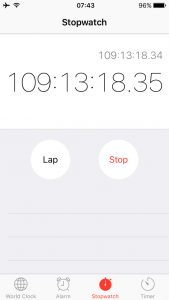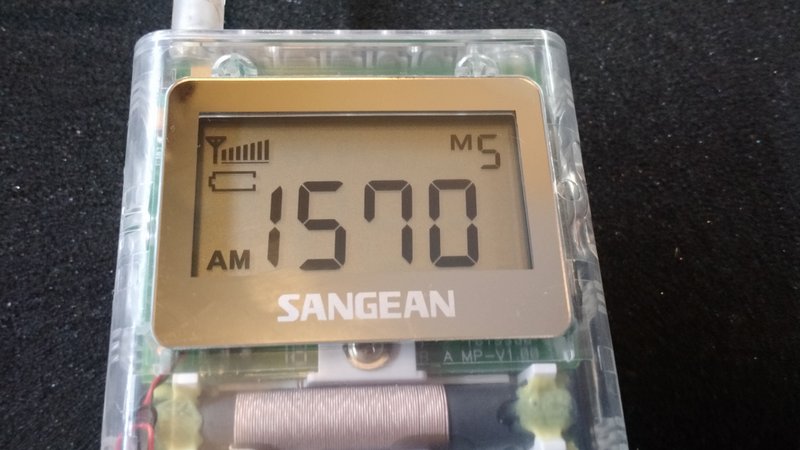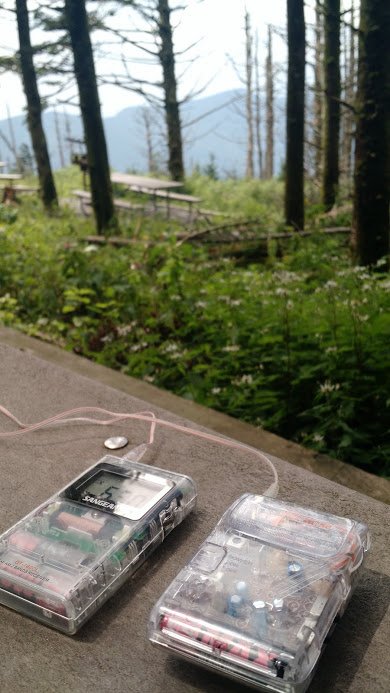
If you’ve been following the Sangean DT-160CL versus Sony SRF-39FP battery endurance test, I have some news to report: one of our competitors has finally thrown in the towel…!
Yesterday, while I was on the road for about 1.5 hours, the Sangean DT-160CL at last gave up the contest.
Since I was traveling at the time, I can’t say with absolute certainty what o’clock the DT-160 cried uncle––but roughly, we’re looking at 116 hours, 30 minutes of run time, give or take 30 minutes.
Sangean claims the DT-160 series will operate for 100 hours with two AA batteries. That claim is obviously pretty conservative.
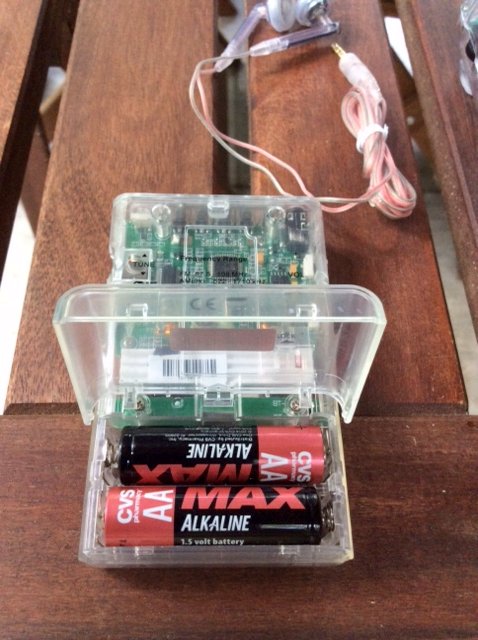
Though I used CVS Max Alkaline batteries (a generic version of Duracell’s Quantum batteries)–an improvement on the standard alkaline battery–I set the volume higher than I believe Sangean or Sony would have set it for testing purposes. This should have drained the batteries faster. The radios were also tuned to a variety of stations: weak AM, strong AM, weak FM and strong FM.
In short: I’m very impressed with the DT-160.
A 116 hour play time from two AA cells on a digitally-tuned receiver is, well, pretty incredible.
Now that the endurance test is over for the DT-160CL, I’ll replace the batteries with a fresh set of CVS Max Alkaline cells and start testing the AM/FM receiver performance.
…And how about the Sony SRF-39FP?
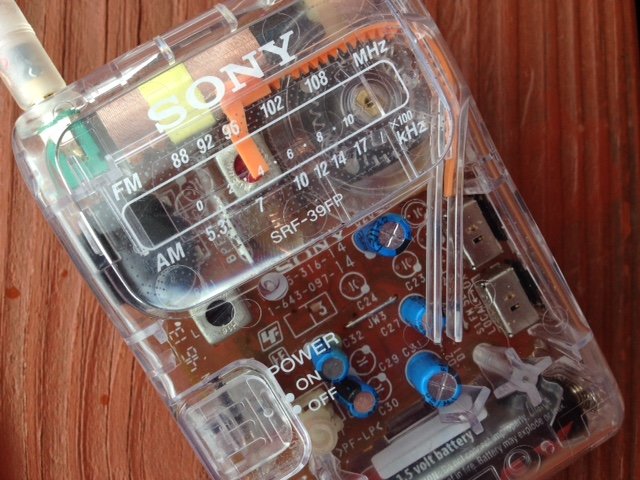
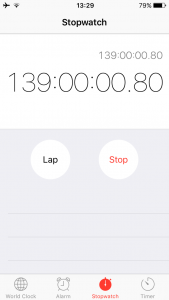
My iPhone’s stopwatch has been tracking progress since last Wednesday.
Even more amazingly, the Sony SRF-39FP is still going strong––!
I actually fell asleep last night listening to the SRF-39FP and woke up this morning with music still in my ears. What a champ!
So, how long has the Sony SRF-39FP now been operating on one AA battery?
At time of posting, this little Sony’s clocked one hundred thirty nine hours.
Though I’ve always known that the SRF-39FP was a true battery miser–one of the reasons it’s been a choice radio in the prison system–I had no idea it could operate this long on one battery.
Of course, I’ll continue tracking the Sony SRF-39FP.
How much longer will the SRF-39FP last? Stay tuned to find out!
Follow this review thread by bookmarking the following tag: Sangean DT-160CL v Sony SRF-39FP.

